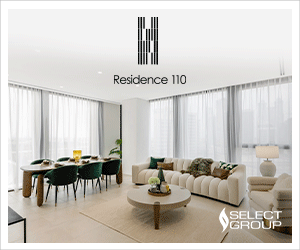If you’re considering purchasing a property in the UAE then it will help to know exactly what a mortgage in this area entails. Here’s a helpful guide to mortgages in the UAE, including key facts you need to know.
How much can I borrow?
Expat buyers can borrow a maximum of 75% of a property’s value for a first investment of less than AED 5 million and nationals can borrow a maximum of 80% of a value worth under AED 5 million. If the property is worth more than AED 5 million than expat buyers can borrow a maximum of 60% of the value and nationals can borrow 65%.
If it’s not your first investment then a maximum of 60% of the property’s value can be borrowed if you’re an expat. If you’re a national, the maximum is 65% of the value.
Are there any age limits?
If you’re an expat, you must be 65 or less to borrow money (at the time of the last repayment). UAE nationals must be 70 or less. The maximum period you can borrow money over is 25 years.
Is there a minimum salary requirement?
Each bank sets a minimum salary requirement before you’re allowed to borrow money from them.
What about the amount I require?
It’s a good idea to have pre-approval for a mortgage from a bank before you look at a property. However, the bank may request a valuation of the property you want to purchase to make sure that it’s of market value. Usually, a bank will accept no more than a 10% difference between their valuation and the price you have agreed to pay.
Do I need to make a down payment?
Yes, this is a requirement but how much you pay depends on whether you’re a national or expat and if the purchase is your first property.
Is there a processing fee?
Yes, there is a one-time fee which varies depending on the bank and which loan you choose.
Fixed rate or variable rate?
These are two types of mortgages. Fixed rate loans have a rate which is set for a number of years. Repayments on a variable rate loan change as the rate changes. You should choose whichever is the best option for you and your circumstances.
What is flat versus reducing balance rate?
The rate calculation on financing can be calculated in two ways. The reducing balance method charges you a rate based on your outstanding balance. The flat fee method charges you a rate based on your principal amount for the duration of the term. A mortgage is advertised as either a reducing rate or a flat rate so make sure you compare both before going ahead with either of them.



 Join Our Newsletter
Join Our Newsletter